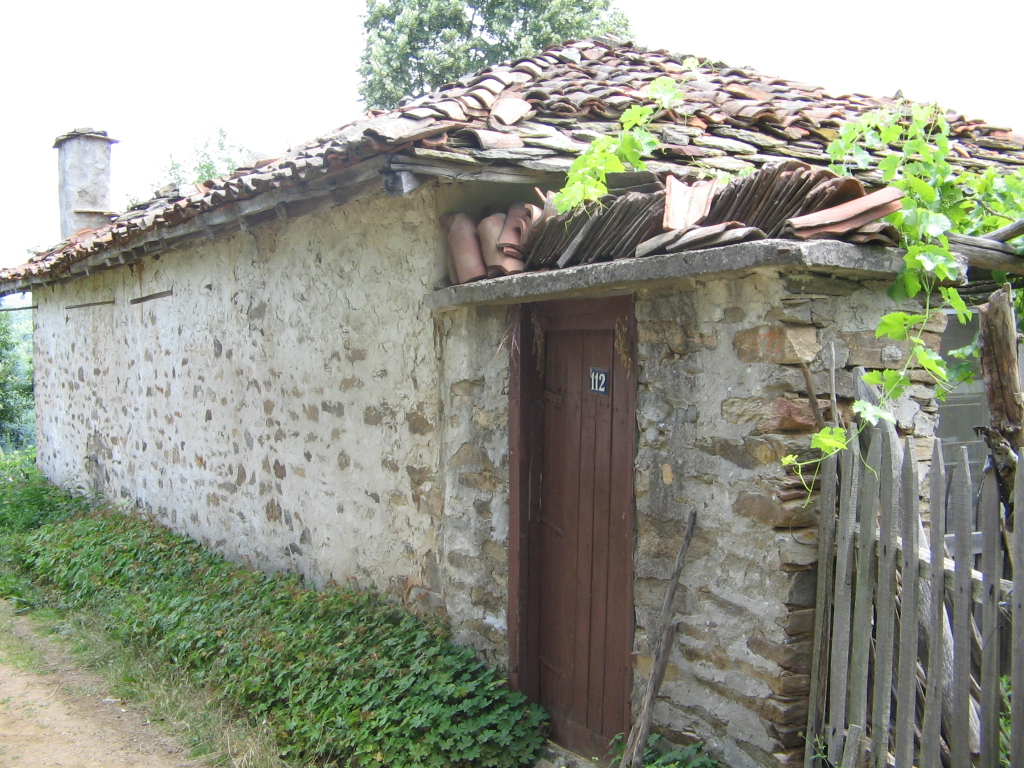"A small group of thoughtful people
could change the world.
Indeed, it's the only thing that ever has."
Margaret Mead
could change the world.
Indeed, it's the only thing that ever has."
Margaret Mead
In The Garden Association we encourage small groups to use social media for communication and advertisement of their ideas to a broader audience. The new media can be the voice of the voiceless, the tribune of the ordinary people.
In our vision the new media approach is a very powerful tool for democracy, activism and education. For this reason we develop this blog in order to show how blogs can be used by organizations and informal groups.
In a world where the traditional media is restricted by corporate interests, political and economical dependence, censorship, auto-censorship, and so on, blogs and social networks are like a freedom flow that cannot be stopped.
In a world where the traditional media is restricted by corporate interests, political and economical dependence, censorship, auto-censorship, and so on, blogs and social networks are like a freedom flow that cannot be stopped.
Let me prove this by giving you examples of two off- and online communities, using social media. The first one is a small group of residents of a small London street. The second one is a community with whose development I am directly involved.
Case study 1: Make South Vale Safe
Case study 1: Make South Vale Safe
The initiators for the campaign explained the situation in this way:

"South Vale is a residential street in Crystal Palace, London SE19, in the Borough of Croydon. It's a narrow street and traffic speeds down, often driving with two wheels on the pavement. Many young children live here, and to try to prevent a very possible tragedy, we are campaigning to make the road (and pavements) safe."
The locals were concerned about the danger every morning when they took their children to school, walking on the narrow pavement area of the street, while cars and trucks quickly drive on it. So the people from South Vale started their fight for a safer street environment for their children. In the beginning of 2008 they made a campaign blog!
Via their blog, the residents of South Vale could exchange information, reach many visitors and keep chronicle of their activities. Its content abounds in personal stories like this.
The blog traces the numerous meetings and hard negotiations of the activists from "Make South Vale Safe" with representatives from the local Croydon Council and other decision-makers. Sometimes they were fruitless, but the activists did not surrender. In the meanwhile a lovely dog died on the street.
The people from South Vale received support from Home Zones - an international team working for more homelike and pedestrian-friendly residential areas, - and from London Play. With the organizational and financial help of London Play, the people of South Vale made Street play project.
The project was the campaign's peak. For a first time the Croydon Council agreed the road could close for part of the day. More than 100 children and parents participated in this event.
The residents of South Vale proved that children must be at the heart of the urban environment, not in the periphery.


Photos from the Street play:


Case study 2: Chernichevo
In 2007 I created my first blog, called Chernichevo. It might sound immodest, but I will emphasize that this was the first local history blog in Bulgaria. The blog explores the history, the cultural heritage, the landmarks, and the current life of a small Eastern-Rhodope village. Its unique content made it a valuable source of information. With time the blog become a category which inspired several more similar blogs.
In two years many people wrote to me and I had established contacts with scholars from the Bulgarian Academy of Science, students, and many people from the diaspora. For many visitors this blog became a link to their past, ancestors, and origin. The next logical step was to create a Facebook group, which united all these people and gave them opportunities to share and communicate. So I did it in May 2009.
Gradually the online community started work offline.
The local people from Chernichevo and those from the diaspora, living in the near municipality center Krumovgrad, decided to restore the village Community center! And they managed to do this on the 20th of March 2010. I know it is a small step, but I am so proud of them! This is the grassroots democracy, this is the community building I wish to see everywhere!
I am very pleased that the people from Chernichevo and its diaspora feel the blog and the FB group as their own. I remember one of them shared a link to a blog post and noted "Welcome to our blog!" This expression of "our" makes me believe we found the way! We are hundreds of dispersed people who share a sense of common identity.
In fact, I do not have a strategy how to develop the community further. I am learning - a community builder in the making. I have some ideas, so... to be continued!




Note: The burning of juniper's fire in March is an ancient local tradition which aims to exorcise the winter and the evil forces.
* * *
Bonus:
Performance of women's amateur group from Chernichevo, recorded during the traditional village fair in 2011:
The revival of the Community center in Chernichevo:




Note: The burning of juniper's fire in March is an ancient local tradition which aims to exorcise the winter and the evil forces.
* * *
Bonus:
Performance of women's amateur group from Chernichevo, recorded during the traditional village fair in 2011:








